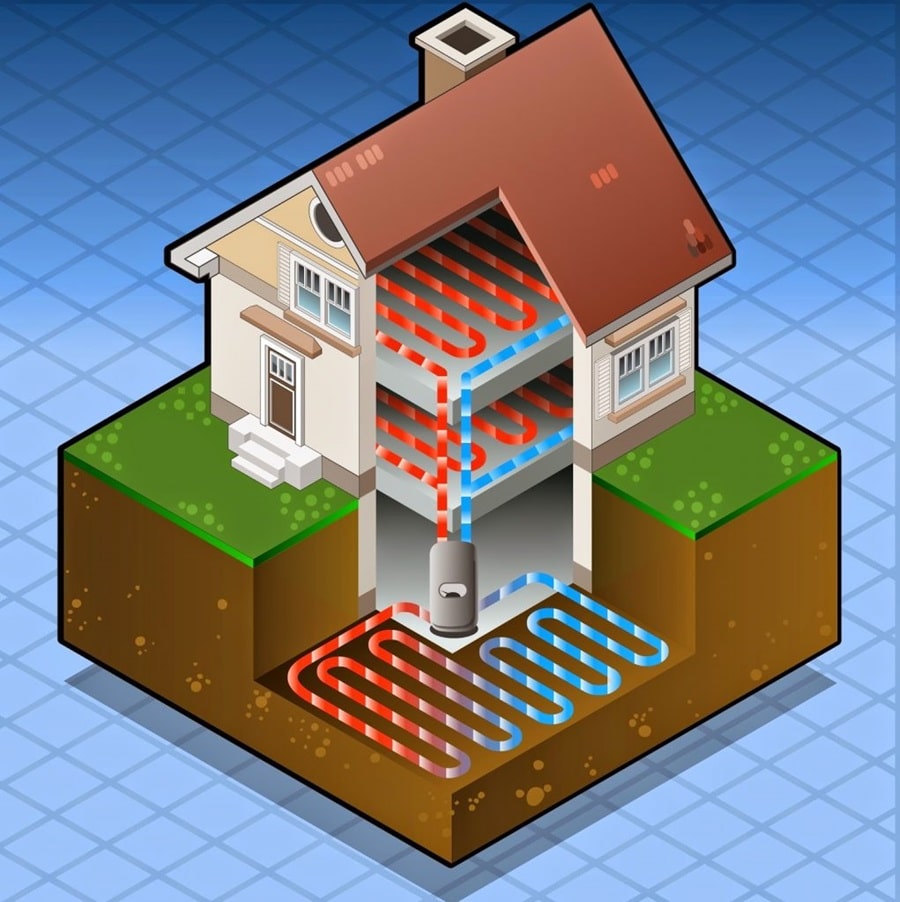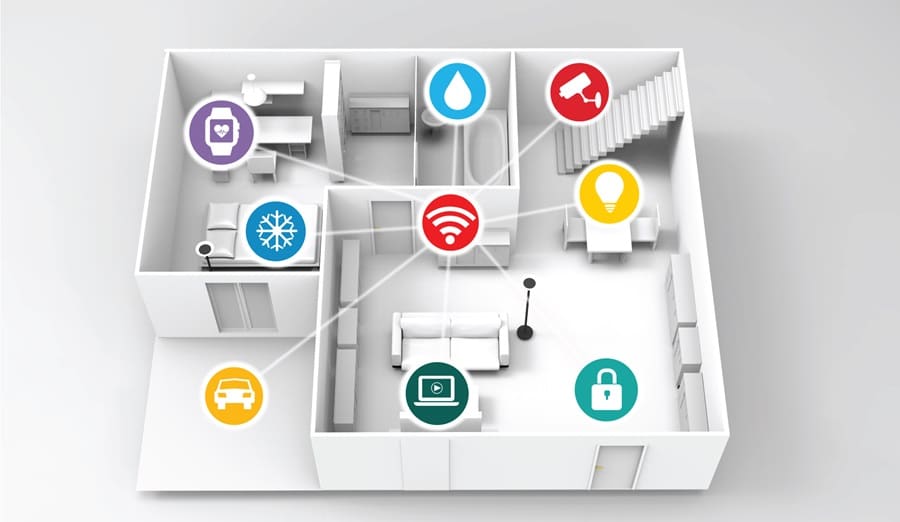In today’s world, hidden beneath the smog and grime of heavy industry lies a revolution that has been slowly emerging for decades: alternative energy sources. But with such massive changes happening so quickly, it can be hard to stay up-to-date on their pros and cons; what are their efficacy levels? Are there any long-term implications for using these technologies? This post will explore all of these questions in detail – and hopefully provide you with insight into how best to choose alternative energy sources for your own needs!
Contents
What You Need To Know About Alternative Energy Sources
In today’s world, alternative energy sources are becoming increasingly important as humans strive towards creating a sustainable future for the planet. These sources of energy are a means of producing power that does not rely on non-renewable resources, such as coal or oil. Some of the most well-known alternative energy sources include wind, solar, and hydropower. However, with technological advancements, there are now even more options available, including geothermal and biomass.
The idea behind alternative energy sources is that they are not only more environmentally friendly but also provide a greater degree of independence for countries and individuals. For example, you can install solar power in any area where there is enough sunlight, which means no reliance on electricity grids or other types of infrastructure. Similarly, wind and hydropower require far less land than traditional forms of energy, allowing more people to access them.
The Pros and Cons of Alternative Energy Sources
Each alternative energy source offers unique advantages and disadvantages that people must consider when evaluating their potential for widespread adoption. In the following sections, you will delve into the pros and cons of some of the most common alternative energy sources to provide a comprehensive overview of the various options available for powering the world.
Solar Energy

Solar energy harnesses the power of the sun, providing a renewable and abundant source of energy with low operational costs. The sun’s energy is available worldwide, making it a viable option for countries across the globe. Additionally, solar power generation has a minimal environmental impact, as it produces no direct greenhouse gas emissions, and photovoltaic panels can be installed on rooftops, reducing the need for large land areas.
However, solar energy has some drawbacks, including high upfront costs for equipment and installation. Moreover, the intermittent availability of sunlight means that energy production can be inconsistent, necessitating the need for energy storage solutions or backup power sources. Lastly, large-scale solar farms can require significant land use, potentially displacing local ecosystems and wildlife.
Wind Energy

Wind energy is another renewable energy source with low operational costs and minimal greenhouse gas emissions during power generation. Wind turbines can be installed both onshore and offshore, providing flexibility in choosing suitable locations for wind farms. Additionally, wind energy projects can coexist with other land uses, such as agriculture or grazing, as they occupy relatively small land areas.
Unfortunately, wind energy also has its drawbacks. The intermittent nature of wind means that power generation can be inconsistent, similar to solar energy. Wind turbines can produce noise, and their presence may visually impact landscapes. Furthermore, wind energy projects can negatively affect wildlife, particularly bird and bat populations, if not carefully planned and managed.
Hydroelectric Energy
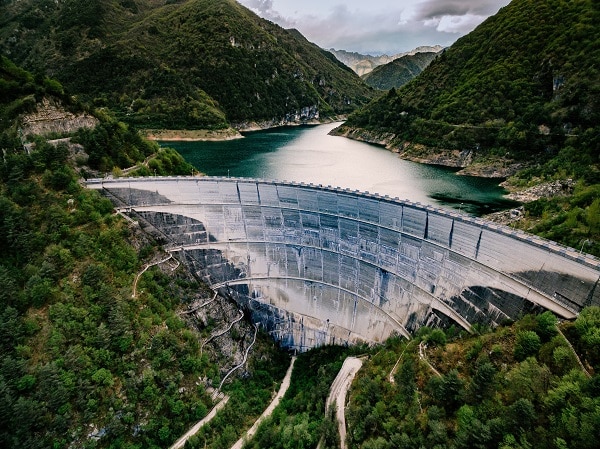
Hydroelectric energy generates energy by harnessing the power of flowing water, making it a renewable and reliable energy source. Hydroelectric plants have low operational costs, and some facilities also offer the potential for energy storage through pumped-storage systems. This energy storage capability can help balance energy supply and demand, ensuring a more stable power grid.
Despite its benefits, hydroelectric energy also has some disadvantages. High upfront costs for dam construction and associated infrastructure can be a significant barrier to entry. Additionally, hydroelectric projects can have substantial environmental impacts, such as altered water flow patterns, disrupted ecosystems, and reduced water quality. Moreover, the construction of large dams may lead to the displacement of local communities and the flooding of culturally significant sites.
Geothermal Energy
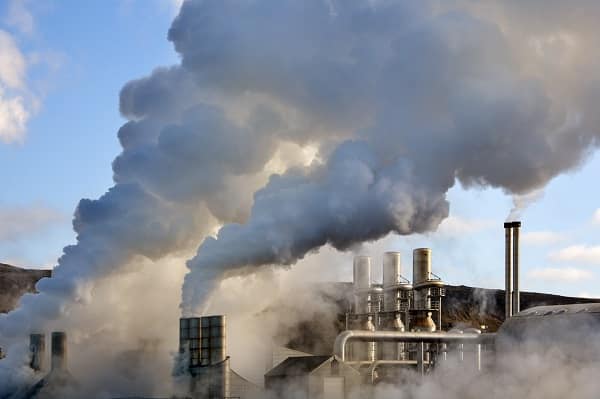
Geothermal energy taps into the Earth’s natural heat, providing a renewable and constant source of energy with low emissions. Due to its continuous availability, geothermal energy can offer a stable base load for power grids. Additionally, operational costs for geothermal power plants are relatively low compared to other alternative energy sources such as solar and wind.
However, geothermal power plants can be limited to certain regions due to their reliance on natural underground heat sources. Moreover, the construction of wells and associated infrastructure can have a significant environmental impact, including air pollution from emissions and the potential for seismic activity. Finally, some countries may not have access to suitable geothermal resources, making it a less viable option.
Biomass Energy

Biomass energy involves using organic materials such as plants, wood, and waste to generate power. As a renewable energy source, biomass has the potential to reduce waste by converting it into useful energy, and its emissions are relatively low compared to fossil fuels. Additionally, biomass energy can contribute to rural economic development by creating job opportunities in the agricultural sector. This can be especially true in developing countries, where biomass can be an essential energy source.
As appealing as this option may sound, there are also negative aspects to consider. Land use can be a concern, as biomass crops may compete with food crops for arable land, leading to increased food prices or deforestation. Moreover, the cultivation of biomass crops can result in monoculture practices, negatively affecting biodiversity and soil health. Lastly, while biomass energy has lower emissions than fossil fuels, it is not entirely carbon-neutral, as burning biomass releases carbon dioxide into the atmosphere.
Comparing Alternative Energy Sources
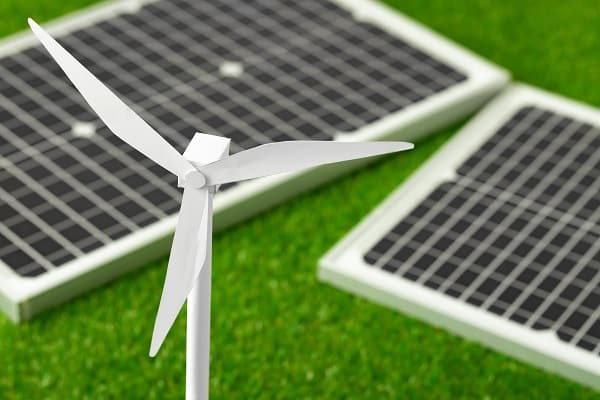
Each alternative energy source comes with its own set of pros and cons, making it crucial to evaluate them in the context of specific applications and locations. For instance, solar and wind energy may be more suitable for regions with abundant sunlight and wind resources. In contrast,
hydroelectric and geothermal power might be ideal for areas with appropriate water and geological conditions. The optimal mix of alternative energy sources will depend on factors such as resource availability, local climate, and infrastructure requirements.
Should The World Transition To Alternative Energy Sources?
Transitioning to alternative energy sources is essential for mitigating climate change and ensuring a sustainable future. By understanding the advantages and disadvantages of each energy source, you can take part in making informed decisions on the best path forward. It is crucial to weigh the pros and cons of each option to create a diverse and resilient energy portfolio that meets the world’s current needs without compromising the well-being of future generations.

